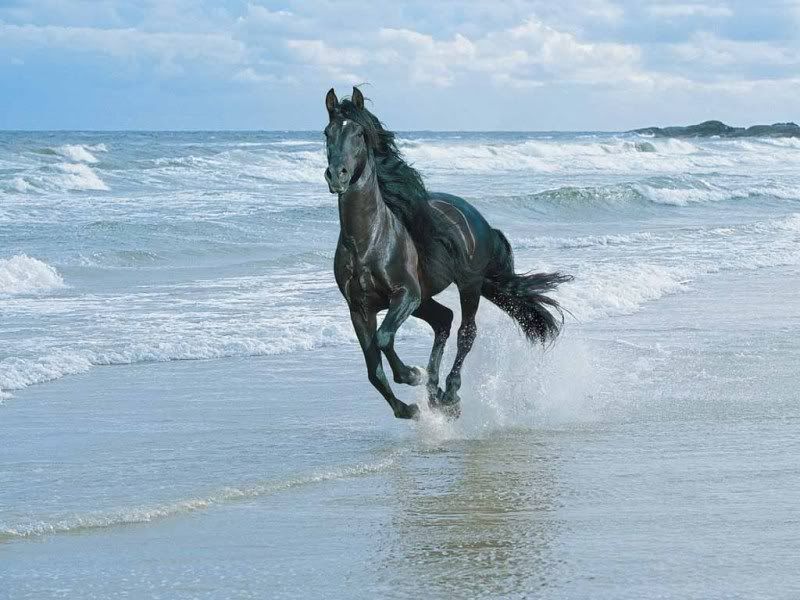
Yesterday I drove up to South Carolina for a family Christmas at Edisto Island. I awoke this morning to 20 knots of SW wind, and ended up getting a good session on my smallest board (87 liters).
That really scratched an itch for me, since I hadn't sailed the little board, at least not for a full-on session, since early fall. There just weren't many, if any, 20+ knot wind days in East Central Florida. At least not many that occurred while I was there, healthy, and able to "adjust" my work schedule, which was most of the time.
I think it's because where I live in Florida is in the so-called "Horse Latitudes"; a region of crappy wind between the Westerlies of the temperate zone and the Easterly trade winds of the tropics. The region is also called the subtropical high, as shown on the global wind patterns map below. Wikipedia explains it better than I could.

I haven't seen this written, but I think that where the Horse Latitudes are located varies with season and with shorter term weather patterns. I.e. in the summer, Central Florida might usually be below the HL, and thus get more Easterly trade winds. And in the dead of winter, it will (hopefully) be enough above the HL to get more Westerlies and frontal systems. We'll see.
BTW- Does anyone know where I could find wind statistics for Central Florida? I know the (excellent) New England Windsurfing Journal publishes average wind stats for various locations from Cape Hatteras - Cape Cod, but I don't know of anything similar for Florida.
Hey James,
ReplyDeleteI think you'll find that we do in fact get those cold fronts. Nuking westerlies on the Banana River are a lot of fun. I've been on 4.7, lit up on more than a few occasions. Get your rubber ready!
uglyjiber- I betcha we'll get those nukin' winds just in time for the light air board test... :)
ReplyDeleteFlorida is a great place to become an efficient windsurfer. It was a great place to learn too! I hope to sail there again someday...
ReplyDeleteMethinks we get the horsey stuff at either end of the solar cycle. Winters can be all or nothing. End of the dry season and into the thunder, we then get these sea breeze things. Spring and Fall give us our brightest spots. You get more trades than we do, that may look like sea breezes? Sometimes in Jan, Miami gets tons of NE's when we testers stew up here in ECFL. That high is too close.
ReplyDeleteI think of horse lat's more permanently locked over MD to SC.... It's all in the perspective of the data collectors, I do believe.
Is the equatorial wind situation the origin of the word "doldrums"?
ReplyDeleteAaron- Yep. The warm weather adds 5 knots of enjoyment, I reckon. Hope you can make it back sometime before too long!
ReplyDeleteJohnI- Looks like you got some good breeze down there the last couple days...
Puffin- Yep. The doldrums are also known as the "inter tropical convergence zone" (ITCZ). There's a lot of rising air and thunderstorms there, but not much horizontal movement of air.
http://en.wikipedia.org/wiki/Doldrums
That Horse Lat thing makes lots of sense, James. It's been in the back of my mind for some time. Glad you brought it up. My Lat here in Titusville is 28.5ish N. We get better wind in the winter than Daytona or Jax in between frontal influences. You and Miami better yet.
ReplyDeleteThe drought over SE Ga and that area made for very good sea breezes for St. Simons these past couple of years. Pretty quick side trip either to or from your visits to Edisto, BTW. Nice bunch of sailors there. Decent enough launch at the old USCG beach park. Mere minutes off I-95.
Frontal events can be strange in our micro climate around Cape Canaveral as well. Sometimes the wind just does not make it S of it. Sometimes the swell doesn't either. Lots of stuff about the wind and weather keeps us guessing here in FL....